A special issue of the journal Propellants, Explosives, Pyrotechnics highlights multiscale modeling and experiments, an area of energetic materials science and technology in which LLNL researchers play a leading role.
Journal Covers

Describes a method to determine local deuterium–tritium (DT) fuel density in an inertial confinement fusion implosion using neutron imaging of the core.
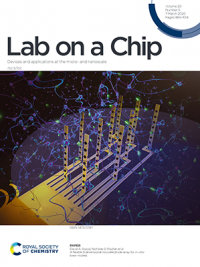
A research team has developed a thin-film, 3D flexible microelectrode array (3DMEA) that non-invasively interrogates a 3D culture of neurons and can accommodate 256 channels of recording or stimulation.

Research team reports the fabrication of ultralight gold aerogel monoliths with tunable densities and pore structures.

A research team used high‐speed X‐ray imaging to probe subsurface melt pool dynamics and void‐formation mechanisms inaccessible to other monitoring approaches in laser powder bed fusion (LPBF) metal additive manufacturing.

LLNL atmospheric researchers co-authored three publications describing the DOE’s Wind Forecast Improvement Project (WFIP2) and the Mesoscale to Microscale Coupling (MMC) project. WFIP2 is highlighted on the front cover of the September issue of the Bulletin of the American Meteorological Society.
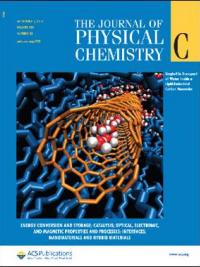
This review article summarizes recent experiments on pores in the ∼1 to 100 nanometer size range that yield surprising results, pointing toward extraordinary transport efficiencies and selectivities for single-digit nanopore systems.
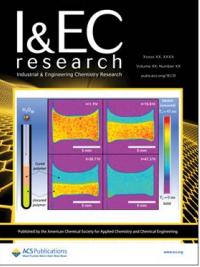
Livermore researchers investigated the curing of a commercially available moisture-reactive alkoxysilane silicone, RTV 734, a room-temperature vulcanizing (RTV) silicone commonly used as sealants, adhesives, coatings, and molds, using low-field nuclear magnetic resonance T2 relaxometry and magnetic resonance imaging.
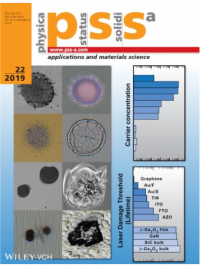
The lifetime laser damage performance of a wide range of transparent conductive materials is assessed, including ultrathin metal films, doped metal oxides, doped compound semiconductors, and graphene whose carrier densities span five orders of magnitude.
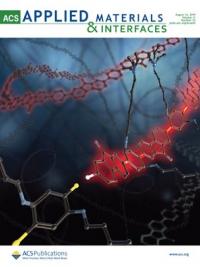
We report a concept that allows the integration of the characteristic properties of [60]fullerene in 3D graphene networks.

